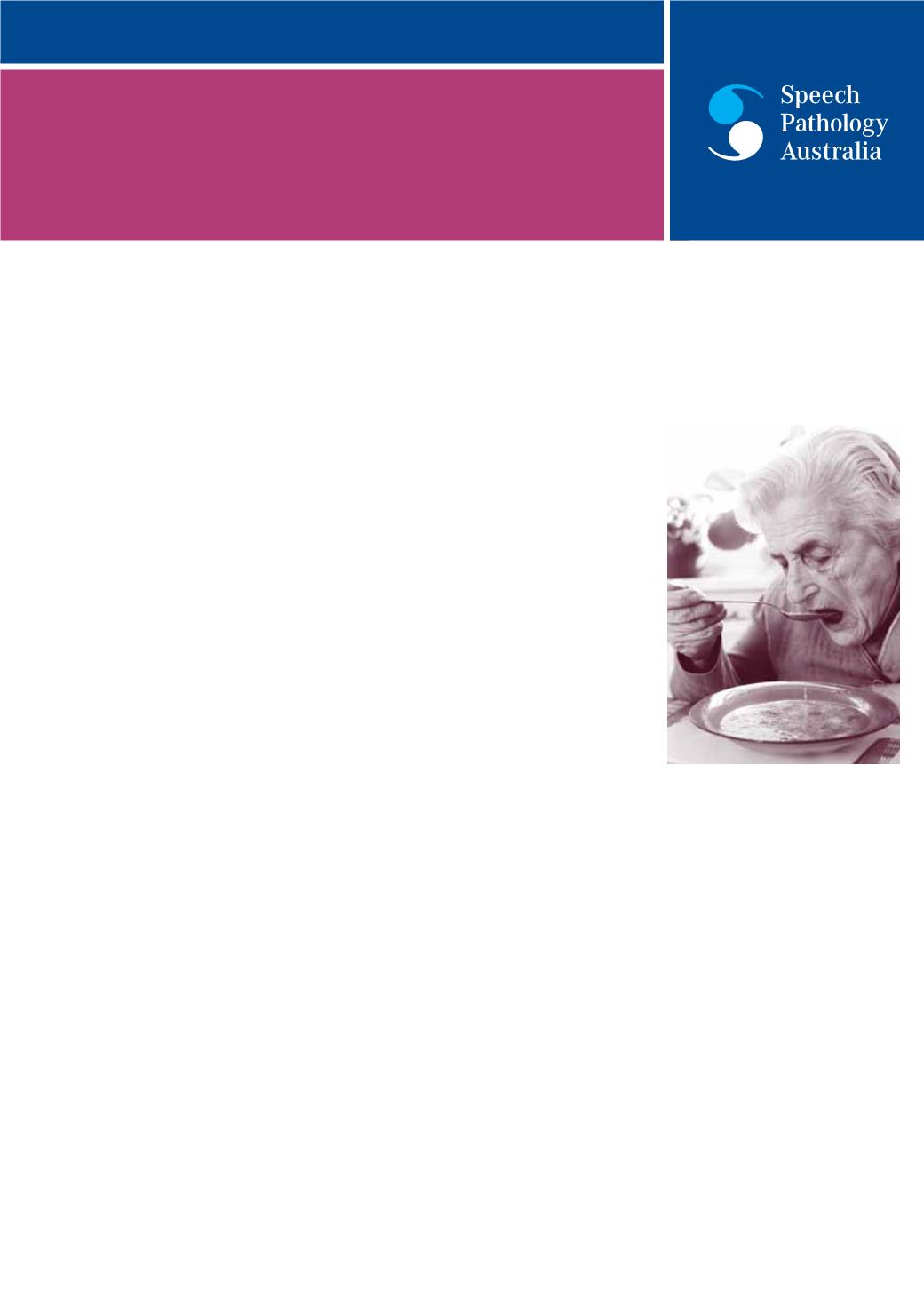

Like breathing, swallowing is a reflex and essential to everyday life.
Humans swallow at least 900
times a day: around three times an hour during sleep, once per minute while awake and even
more often during meals. We swallow food, liquids, medicine and saliva. People who have trouble
swallowing are at risk of poor nutrition and dehydration, while babies and children may not take in
enough nutrients to support growth and brain development.
The swallowing system is a tube in which
a series of pumps and valves move food
and drink from the mouth to the stomach.
In the throat, the tube branches in two
directions; down one, the food and drinks
pass into the oesophagus on their way to
the stomach, while the other branches off
to the voice box and lungs and is used
for breathing.
With each swallow we hold our breath
for around one second to make sure the
food or drink travels down the correct
tube to the stomach rather than the lungs.
Swallowing uses 26 muscles and many
nerves to coordinate the split second
timing needed to safely swallow and
mistimed movements can lead to food or
drink ‘going down the wrong way’’.
Swallowing skills develop from infancy.
Babies drink milk, from their mother’s
breast or a bottle, using muscles in their
lips, tongue, jaw and cheeks. The infant
holds the nipple at the back of their mouth
and the milk triggers the swallow reflex.
When children start to eat solid food,
they learn to move the food from the
front of the mouth to the back to trigger
the same swallowing reflex. Chewing is
also important – food mixes with saliva
and is broken into tiny pieces so that it
forms a soft slippery ball that is easy to
safely swallow.
Swallowing difficulty (dysphagia)
is
any problem with: sucking, swallowing,
drinking, chewing, eating, controlling
saliva, taking medication, or protecting
the lungs from food and drink ‘going
the wrong way’. It can be a problem
with keeping the lips closed so that
food, liquid or saliva doesn’t dribble out.
Sometimes, the first sign of a swallowing
problem is coughing, gagging or choking
when eating and drinking. Swallowing
problems can mean food, drinks or saliva
gets into the lungs and this can cause
lung infections (pneumonia).
Reflux is a problem where the valves
in the oesophagus causes the contents
of the stomach (like food, drink or
stomach acid) to come back up,
sometimes reaching as far up as the
throat and mouth.
Who can have a swallowing
problem?
A swallowing problem can occur at any
stage in life. Babies born prematurely,
those with heart defects or damage to
the brain (e.g. cerebral palsy) often have
swallowing problems. Children with
abnormalities in the structures of the
head, neck and face such as cleft lip or
palate may also have difficulty feeding.
Adults may also develop swallowing
problems as a result of damage to the
brain or structures of the head and neck.
Almost half of everyone who has had a
stroke will have a swallowing problem.
People who have had a head injury, those
with Parkinson’s disease, motor neuron
disease, dementia, cancer of the head and
neck may also have swallowing problems.
Swallowing














